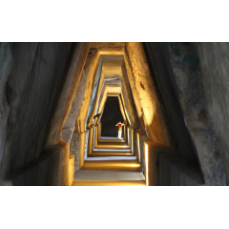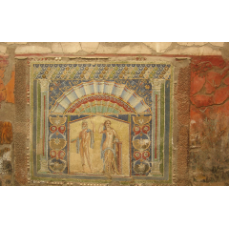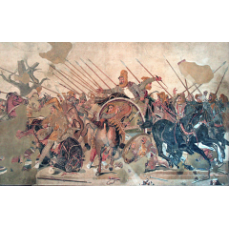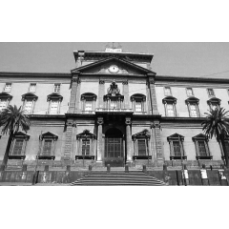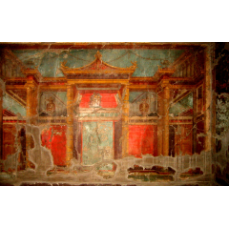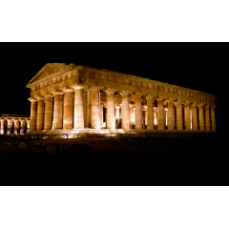HERCULANEUM - visitpompeii
Main menu:
HERCULANEUM
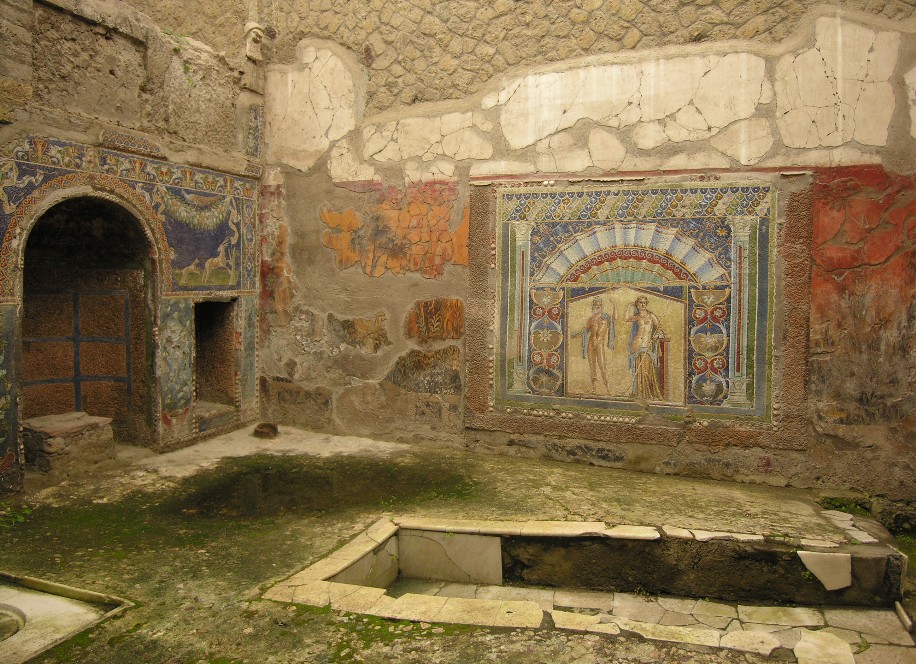
The tiny details of everyday life here are as impressive as the superb mosaics and beautiful villas. Roads rutted from the passage of countless carts and wagon, iron grids across the windows, narrow wooden stairways winding up from the street, and food left in the bars all give an air of mystery to Herculaneum, as if the town had only just been left.
The streets of Herculaneum follow the gridded pattern favoured by the Greeks, the decumani running parallel to the coast - the cardines at right-angles. The excavated area is by no means the full extent of the town. The site of the forum lies to the north under modem Resina, with the theatre, still visible only via Bourbon tunnels, further to the north. To the south-east the modem entrance cuts across the palaestra. To the south-west were the marina and the Suburban Baths, outside and below the old town walls. The largest and richest houses lay behind these, enjoying the sea views and breezes (nos 1, 2, 20-22). Middle class and poorer houses jostled for position with shops, workshops and bars in the centre of town.
The town was founded by the Greeks, probably in the 6th century BC, and according to mythology by Hercules himself, who went on to become its patron deity. Like Pompeii, it was taken by the Samnites, and during the lst century BC joined the Italic League against Roman oppression. Sulla took it in 89 BC, and made it a municipium.
Herculaneum was smaller than Pompeii (their respective areas were about 23 and 68 ha), with a population of five as opposed to twenty thousand. Its character was less commercial, and it was a favourite retirement spot for rich patricians, who built substantial elegant houses from which they could enjoy a sea view.
The eruption of AD 79, however, completely removed the town from view. A layer of volcanic matter between 12 and 25m deep covered everything; hardening into a sort of tufa. The deluge was inconsistent in the degree of damage it caused. In some areas statues were hurled, across buildings, in others the levels rose gently, leaving small objects in place on tables and benches. The heat carbonised and therefore preserved organic matter, such as wood and foodstuffs.
Subsequent eruptions deepened the deposits over the town to 39m, and a new settlement, Resina, grew up in this location. Excavation has taken place intermittently from 1709 to the present
Until . relatively recently it was thought that most of the population of Herculaneum had had sufficient warning to escape the eruption - in more than 200 years of excavation only a dozen or so skeletons had been found. In 1980, however, workmen digging a drainage ditch stumbled across several skeletons on what had been the town beachfront. Further exploration revealed more than 150 men, women and children, together with the remains of an upturned boat. Most appear to have abandoned the idea of trying to escape by sea, and were sheltering in the vaulted chambers, used as boathouses, lining the shore. Scientific study of the bones has provided unparalleled information about the Roman population.



